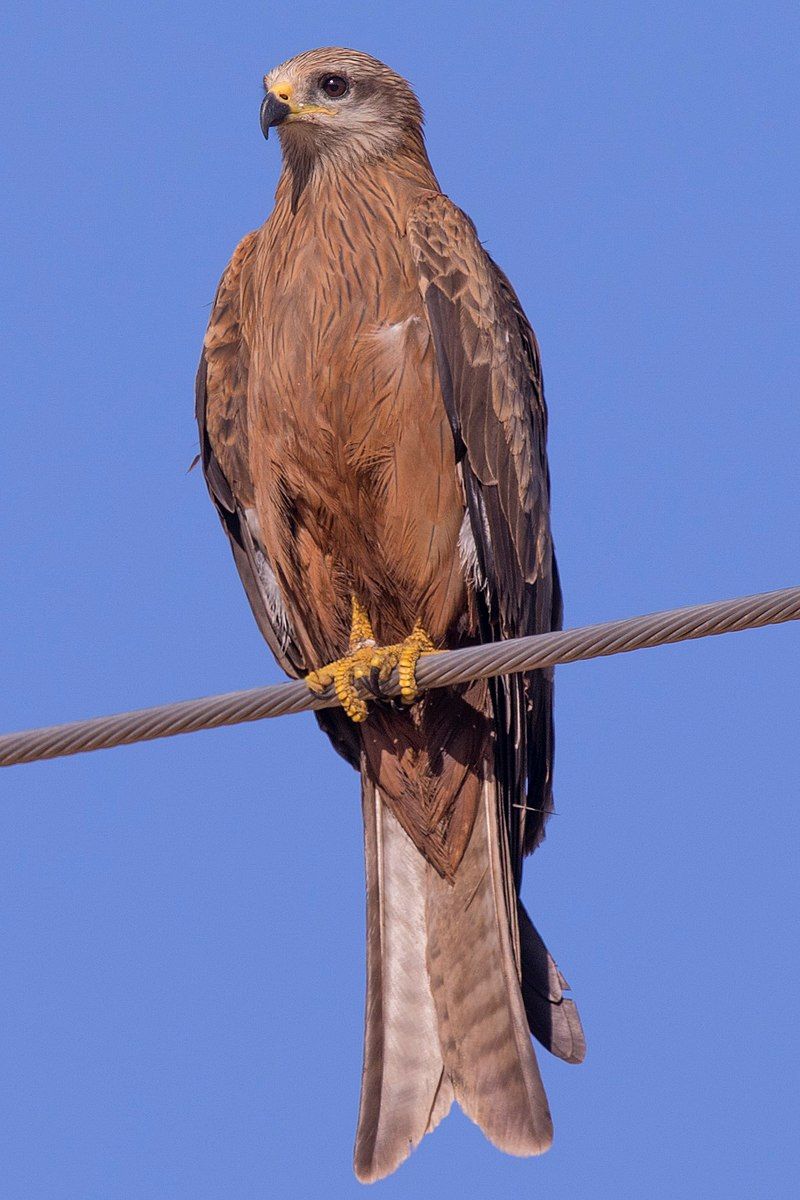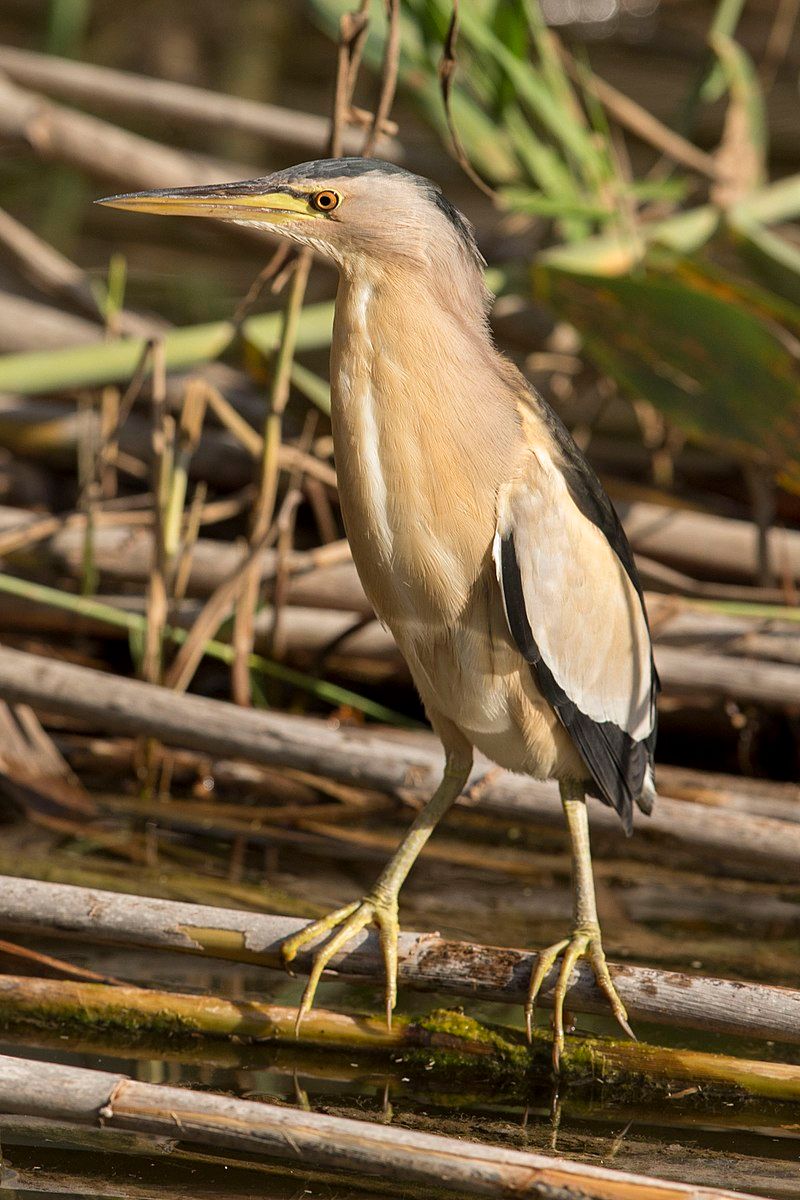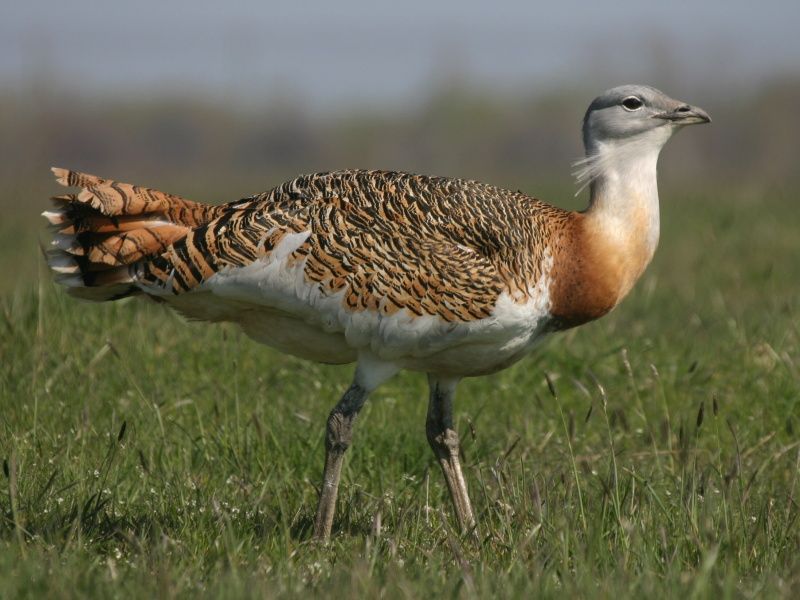The Republic of Tatarstan is home to a wide variety of birds, with more than 300 species recorded in the region.
The rich wetlands, forests, and steppe of the region create a diverse environment ideal for many bird species.
From the majestic Red-footed Falcon to the stunning White-tailed Eagle, the birdlife of Tatarstan is stunningly diverse.
It offers a wonderful opportunity to observe and appreciate the beauty of birds in their natural habitat.
For the avid bird-watcher, Tatarstan is a great place to visit that should not be overlooked.
The Republic of Tatarstan, located in the Volga Federal District of Russia, has a variety of habitats, including forests, rivers, and steppe regions, making it a suitable home for a diverse range of bird species.
Here are five birds that can be found in Tatarstan:
1. Black Kite

The black kite is a medium-sized bird of prey belonging to the family of Accipitridae, which includes many diurnal raptors.
This species is believed to be the most abundant among its family, although some of its population has experienced a decrease or fluctuations over the years. It is a diurnal raptor, which means it is active during the day and hunts for food.
The black kite has a long wingspan and is usually seen soaring in the sky, searching for prey. It typically feeds on small animals such as rodents, insects, and small birds.
Although this raptor is found in various parts of the world, some of its populations have decreased due to habitat destruction, illegal hunting, and climate change. Despite this, the black kite is still a common sight in many parts of the world and continues to thrive.
| Kingdom | Animalia |
| Phylum | Chordata |
| Class | Aves |
| Order | Accipitriformes |
| Family | Accipitridae |
| Genus | Milvus |
| Species | M. migrans |
2. Little Bittern

The Little Bittern is a species of wading bird that belongs to the heron family Ardeidae. Its scientific name is Ixobrychus minutus.
The first part of the name, Ixobrychus, is derived from Ancient Greek and combines two words: ixias, which means a reed-like plant, and brukhomai, which means to bellow. The second part of the name, minutus, is Latin for “small”.
This is likely about the size of the Little Bittern, the smallest bittern species. The Little Bittern is widely distributed across Europe, Africa, and Asia and is found in a variety of habitats such as wetlands, reed beds, and shallow lagoons.
This solitary species usually hunt for food in shallow waters or vegetation. It feeds mainly on small fish, frogs, and insects. During the breeding season, the male Little Bittern performs a distinctive display to attract a mate.
It stands tall with its wings spread and bill pointing upwards and makes a low-pitched croaking sound. The Little Bittern is an important species due to its role in wetland ecosystems.
By consuming fish and insects, it helps maintain the food chain balance and keep populations of prey species in check.
Furthermore, it is an important indicator species, as its presence or absence can provide insight into the health of a wetland environment.
| Kingdom | Animalia |
| Phylum | Chordata |
| Class | Aves |
| Order | Pelecaniformes |
| Family | Ardeidae |
| Genus | Ixobrychus |
| Species | I. minutus |
3. Great Bustard

The great bustard is a bird species found in the bustard family. It is the only living member of its genus, Otis, and is widely distributed across several continents.
It is found in open grasslands and farmland from northern Morocco through Central and South Europe to temperate Central and East Asia.
This species of bird nests and breeds in these habitats. It is a generally large bird that can grow up to 70 cm in length and weigh up to 15 kg. It is mainly a herbivore and feeds on various fruits, seeds, and insects.
Great bustards have adapted to their open grassland habitats by being able to fly long distances to search for food. The great bustard is a species listed as vulnerable by the International Union for Conservation of Nature.
This is due to the loss of grassland and farmland habitats due to human activities such as agriculture and urbanization. Additionally, the great bustard has been hunted in some areas for meat, feathers, and eggs.
Conservation efforts are being made to protect this species, such as creating protected areas and setting hunting limits to ensure the great bustard can remain a part of its habitat.
| Kingdom | Animalia |
| Phylum | Chordata |
| Class | Aves |
| Order | Otidiformes |
| Family | Otididae |
| Genus | Otis |
| Species | O. tarda |
4. Pallid Harrier
The pale or pallid harrier is a species of bird of prey belonging to the harrier subfamily. It is a migratory species found in many parts of the world. The scientific name of this species, Circus macrourus, is derived from Ancient Greek.
The word ‘Circus’ comes from the Greek word ‘Kirkus,’ which refers to a bird of prey, likely the hen harrier. ‘macrourus’ is formed from the words ‘macros,’ meaning ‘long’ and ‘ours,’ meaning ‘tailed,’ thus making ‘long-tailed.’
This refers to the long tail of the pale or pallid harrier, a distinctive feature of the species.
| Kingdom | Animalia |
| Phylum | Chordata |
| Class | Aves |
| Order | Accipitriformes |
| Family | Accipitridae |
| Genus | Circus |
| Species | C. macrourus |
5. Eastern Imperial Eagle
The eastern imperial eagle is a majestic prey bird inhabiting a wide range of habitats. It breeds in southeastern Europe but can be found in large numbers throughout West and Central Asia.
During the winter months, many of the populations of the eastern imperial eagle will migrate to other areas, such as northeastern Africa, the Middle East, and South and East Asia.
These migratory birds of prey are quite large, with impressive wingspans of up to two meters in length. They are powerful and agile fliers, capable of soaring for long distances in search of food.
The eastern imperial eagle predominantly feeds on small mammals such as rabbits and hares but will also occasionally scavenge carrion.
Eastern imperial eagles are a magnificent sight to behold, a species held in high regard by many people.
Unfortunately, their numbers have declined due to habitat loss and other human activities. In some areas, such as in eastern Russia, their numbers have dropped so drastically that the species is considered endangered.
Conservation efforts are being made to protect these majestic birds, and hopefully, their numbers will continue to recover in the coming years.
| Kingdom | Animalia |
| Phylum | Chordata |
| Class | Aves |
| Order | Accipitriformes |
| Family | Accipitridae |
| Genus | Aquila |
| Species | A. heliaca |
Conclusion
It is clear that birds in the Republic of Tatarstan are incredibly diverse and provide an important source of beauty and ecological balance to the region.
From the majestic Steller’s Sea Eagle to the vibrant Scarlet Rosefinch, the region’s birds add a unique visual element to the countryside and provide a critical link to the food chain.
The government and local conservation groups have made great strides in preserving the bird populations, and the future of the birds of the Republic of Tatarstan looks bright.